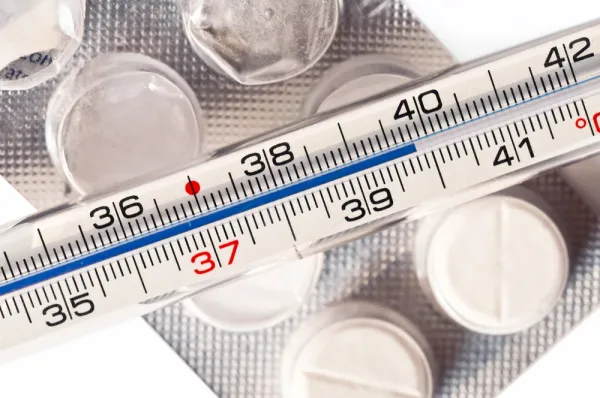Enjoy Higher Specificity for Acute Sialoadenitis With K11.2

Hint: Use different code sets for infectious parotitis.
When your oral surgeon diagnoses acute sialoadenitis (an acute infection of the salivary glands), you must remember to check whether the condition is recurrent or the first episode as this affects code choice when reporting with ICD-10 codes.
ICD-9: Regardless of whether you are reporting acute or chronic sialoadenitis, you report it with one common code when using ICD-9 codes. You report sialoadenitis with 527.2 (Sialoadenitis).
You also report 527.2 if your surgeon’s diagnosis is parotitis, sialoangitis or sialodochitis. You cannot report 527.2 if your surgeon diagnoses the condition as epidemic or infectious parotitis. You report this with the appropriate code from the ICD-9 code range, 072.0-072.9. You also cannot use 527.2 if your clinician’s diagnosis is uveoparotid fever. You report this with the ICD-9 code, 135 (Sarcoidosis).
ICD-10: Starting in Oct. 2015, a diagnosis of sialoadenitis that you reported with the ICD-9 code, 527.2, crosswalks to K11.2 (Sialoadenitis). You use the same diagnosis code if your surgeon diagnoses the condition as parotitis. Unlike ICD-9, you have more specific options when reporting a diagnosis of sialoadenitis with ICD-10 codes. K11.2 further expands into the following code choices depending on the chronicity of the condition:
As in ICD-9, you will not use K11.2- if your clinician’s diagnosis is epidemic or infectious parotitis (i.e., B26.0, Mumps orchitis; and B26.9, Mumps without complication) or uveoparotid fever (D86.9, Sarcoidosis, unspecified).
Caveat: You need to be careful when reporting a diagnosis of acute sialoadenitis. If your clinician is identifying the condition as acute sialoadenitis, delve into documentation to verify whether the condition is a first episode or a recurrent one.
Review These Documentation Basics
Some of the symptoms that you will normally come across when your clinician identifies the diagnosis as acute sialoadenitis will include pain, swelling, dryness of the mouth and drooling. Your surgeon might also note other signs and symptoms such as weight loss, fever, chills, lymphadenopathy, and in some cases, shortness of breath.
When your clinician suspects a diagnosis of sialoadenitis, he will record a thorough history that includes details of past medications, immunizations, past medical and surgical history and dental history. Your clinician will also query the patient whether or not he had such symptoms in the past.
Upon examination, your surgeon will note tenderness on palpation of the affected area along with presence of swelling. Your clinician might also note presence of a purulent discharge (upon milking the gland) from the ductal opening of the affected salivary gland.
Tests: Your clinician might ask for certain lab tests if he suspects sialoadenitis. He will withdraw blood for CBC, electrolyte count and other blood tests. He might also order for a blood culture if he finds signs of sepsis.
Some of the diagnostic tests that your surgeon might also order when he suspects a diagnosis of sialoadenitis include x-rays (lateral view, anteroposterior view and oblique), ultrasound or a CT scan. Your clinician might also perform a sialography to check for presence of any obstructions of the salivary duct of the affected gland.
Based on history, signs and symptoms, results from tests and diagnostic imaging studies, your clinician will arrive at a diagnosis of acute sialoadenitis.

